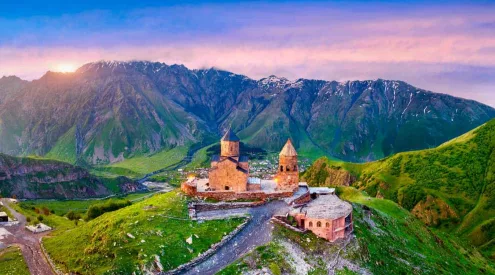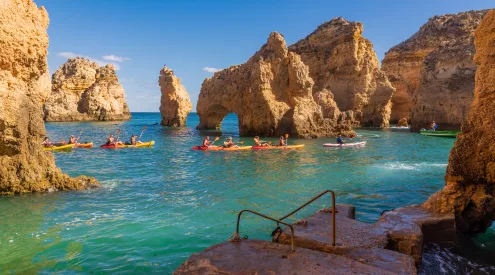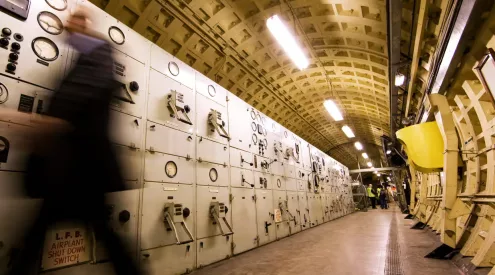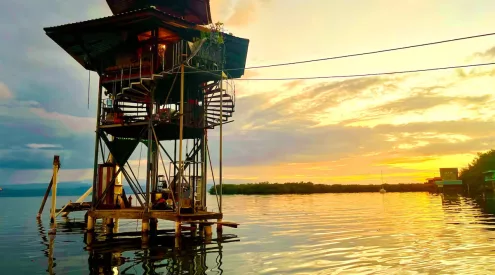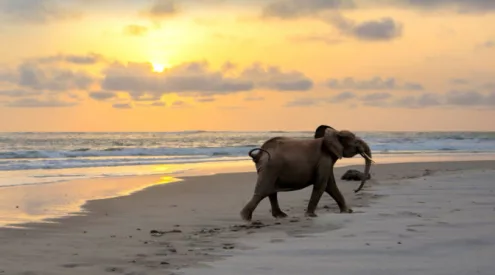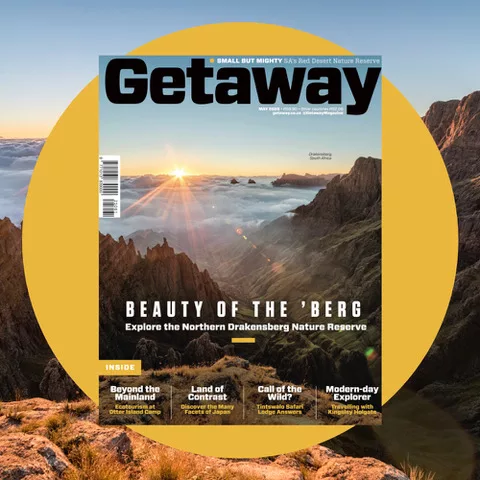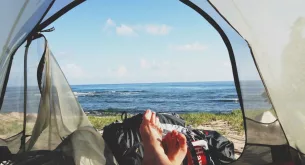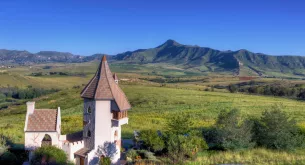Discover the best places for stargazing in South Africa this winter. From Sutherland to the Cederberg, explore top dark-sky destinations for unforgettable night skies.
ALSO READ: Winter hikes in South Africa that are actually better in the cold
Why winter is the best time for stargazing in South Africa
When the temperature drops, the stars come out to play. Winter is prime time for stargazing in South Africa. The skies are dry and crisp, with far less atmospheric disturbance — and that means sharper, clearer views of the Milky Way and southern constellations.
With vast open spaces and low light pollution, South Africa is home to some of the most accessible and awe-inspiring dark-sky destinations in the world. Whether you’re an amateur with binoculars or a seasoned astrophotographer, these are the places to go.
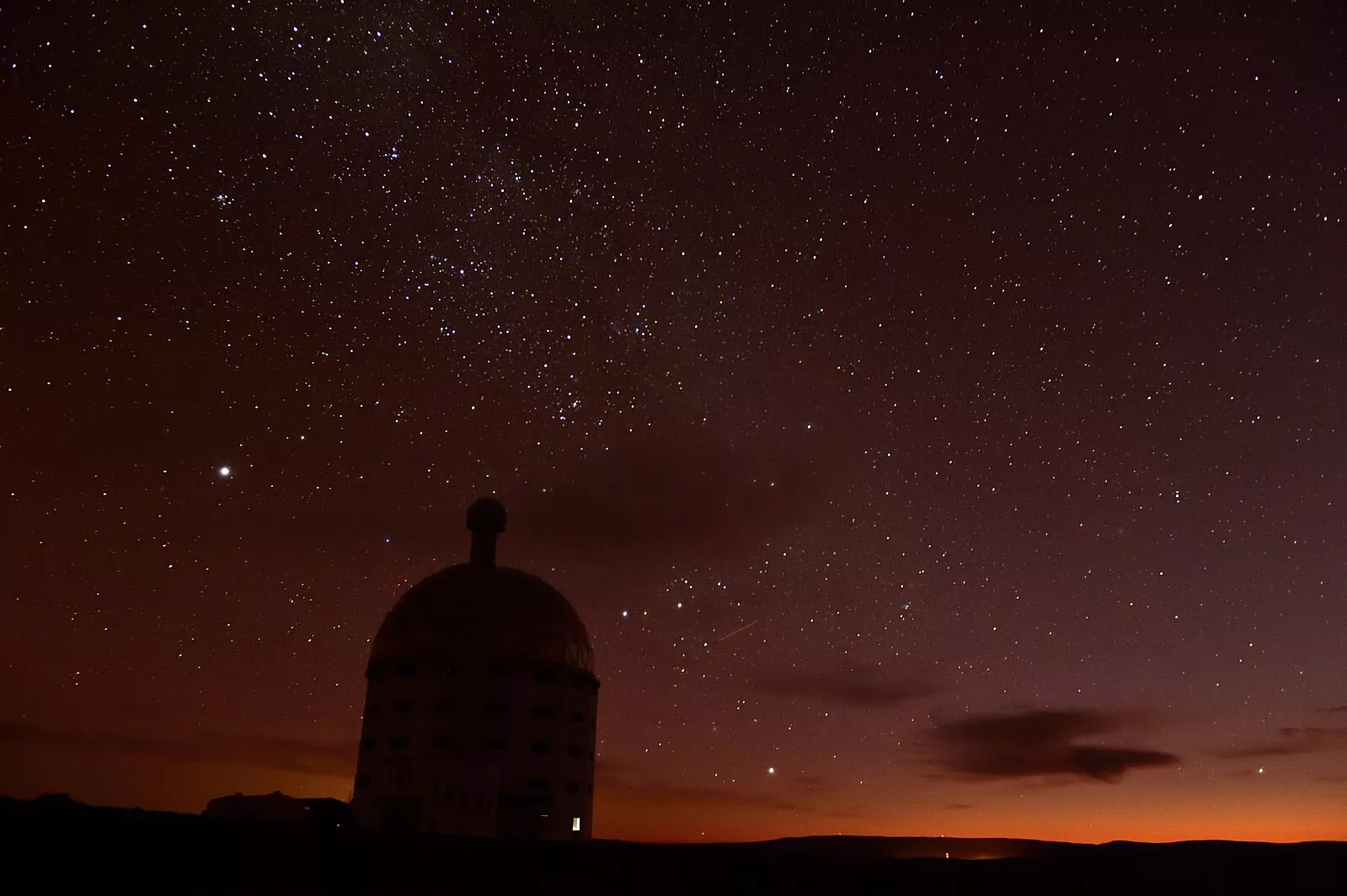
Image: Wikimedia Commons
1. Sutherland, Northern Cape
Sutherland isn’t just famous for cold temps — it’s also known as the stargazing capital of South Africa. Located in the Karoo’s high interior, this quiet town boasts incredibly low light pollution and dry, cloud-free skies in winter.
It’s home to the South African Astronomical Observatory (SAAO) and the Southern African Large Telescope (SALT), the largest optical telescope in the southern hemisphere. You can book a night tour of the observatory here, then retreat to one of the many guesthouses and lodges built to maximise gobsmacking night-sky views. And after hours under the stars, there’s nothing like warming up with Karoo lamb and red wine.

Image: Wikimedia Commons
2. Cederberg Mountains, Western Cape
A few hours’ drive from Cape Town, the Cederberg Wilderness offers beautiful landscapes by day and incredible stargazing by night. With no major towns nearby and dry mountain air, winter skies here are often completely cloudless. The remoteness of spots like Sanddrif, Mount Ceder, or Algeria Campsite makes them ideal for night-sky photography or just lying back and stargazing in silence.
You’ll find San rock art, rock formations, and hiking trails during the day. Just be prepared for sub-zero temperatures at night and bring all the blankets you can carry. CapeNature’s Algeria campsite is a good place to start your Cederberg stargazing journey.
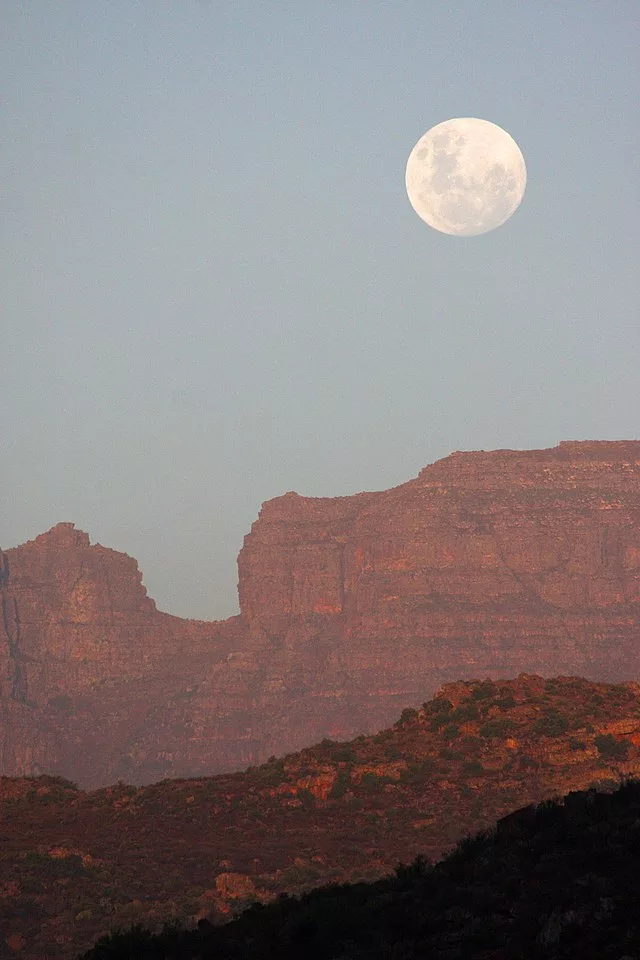
Image: Wikimedia Commons
3. Tankwa Karoo National Park
If you want complete stillness and stars that feel within reach, Tankwa Karoo is your place. This remote national park on the border of the Northern and Western Cape offers flat, wide horizons and virtually no light pollution — or cellphone signal, for that matter.
Once the sun sets, the desert sky shifts into a dome of stars – ideal for astrophotography or just getting lost in with your naked eye. Visitors need to be self-sufficient but the solitude and clarity of the sky are well worth it. You can book basic cottages or campsites through SANParks.
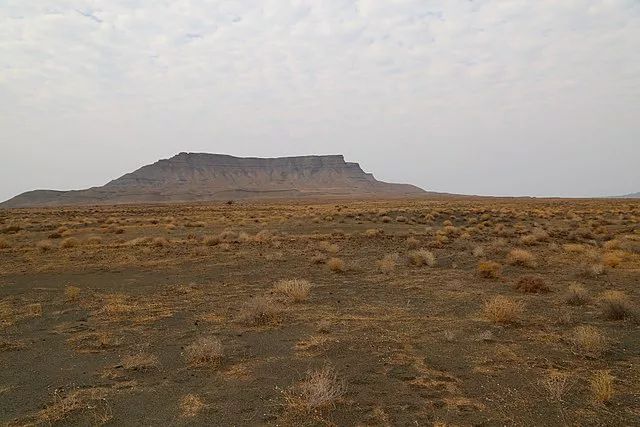
Image: Wikimedia Commons
4. Kruger National Park
While Kruger is best known for its wildlife, the night sky — especially in its more remote camps— is just as wild and spectacular. Camps like Letaba, and Punda Maria and the seasonal Kruger Untamed luxury camp offer wide skies with very little light interference.Imagine watching the Southern Cross above while hearing lions roar in the distance…
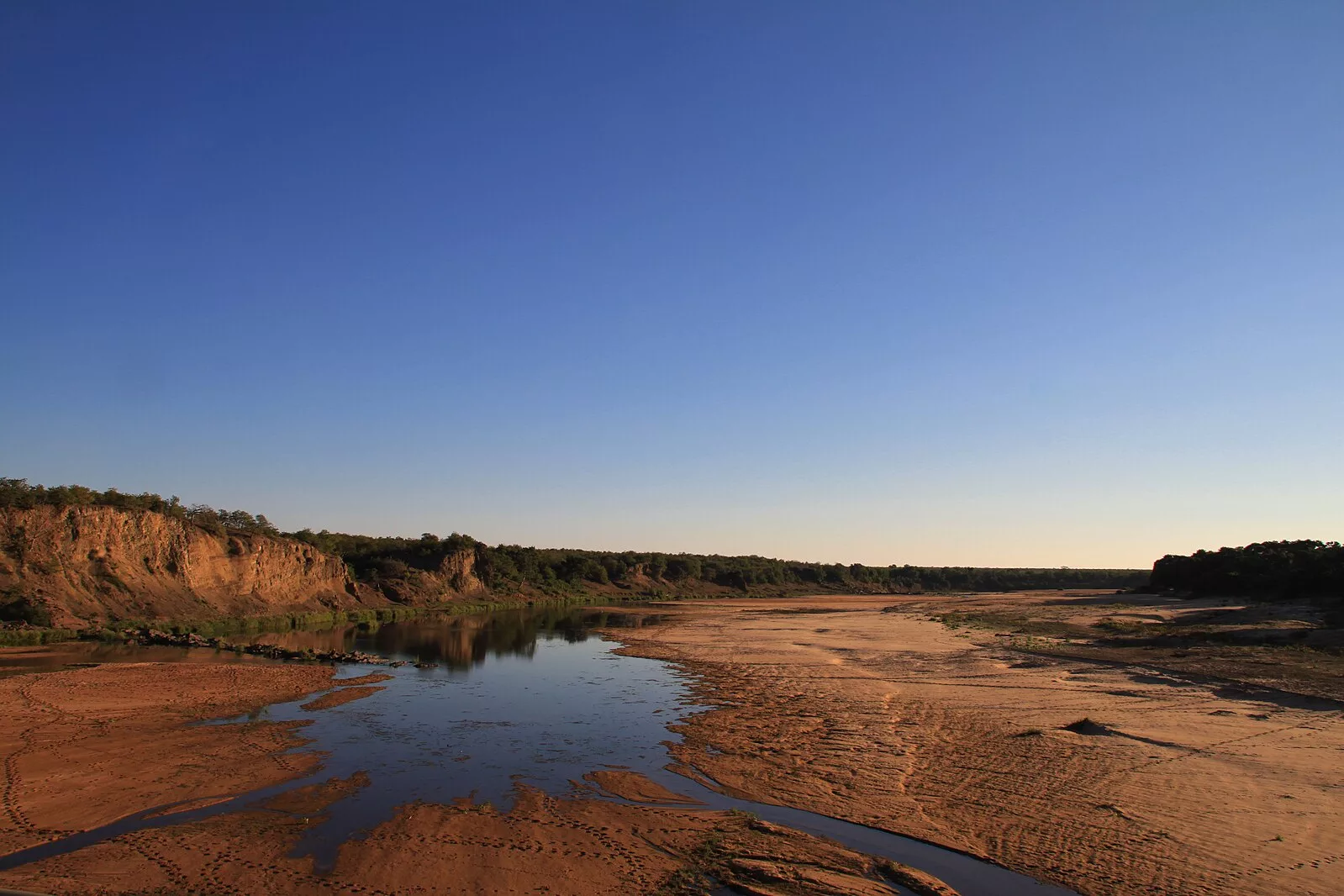
Image: Wikimedia Commons
5. Drakensberg Amphitheatre and surrounds
The high-altitude reaches of the northern Drakensberg, including Royal Natal National Park and Witsieshoek Mountain Lodge, gives you crystal-clear skies with very little light interference. You’re high above sea level here, which reduces atmospheric distortion and means you can see deep into the galaxy on a clear winter night.
What makes this region especially magical is the combination of dramatic silhouettes and sky — jagged basalt peaks cutting against a field of stars. Witsieshoek Mountain Lodge sits directly below the Amphitheatre and offers a front-row seat to the heavens. You might even wake up to snow on the peaks.
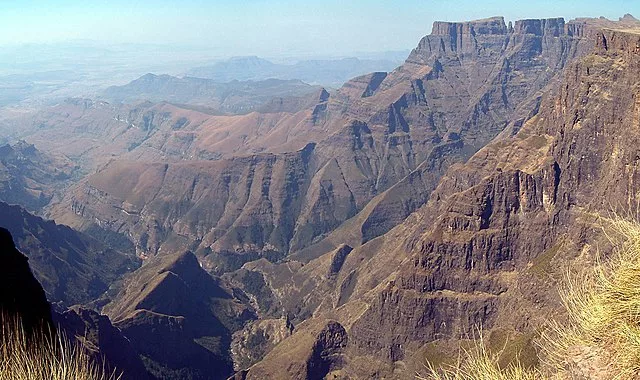
Image: Wikimedia Commons
Tips for a successful winter stargazing trip
Bring warm gear — gloves, beanies, thermals — even in areas that are usually warm by day. A basic pair of binoculars or telescope will dramatically enhance what you see, and a stargazing app like SkySafari or Star Walk 2 can help you identify constellations and planets as you scan the sky. If you’re using a torch, switch to a red-light setting to preserve your night vision.
Whether you’re looking to tick off constellations, capture a few stunning photos, or just lie back and be dazzled by the stars, there’s a dark-sky destination waiting for you.
ALSO READ: Hot destinations where winter feels like summer
Follow us on social media for more travel news, inspiration, and guides. You can also tag us to be featured.
TikTok | Instagram | Facebook | Twitter

